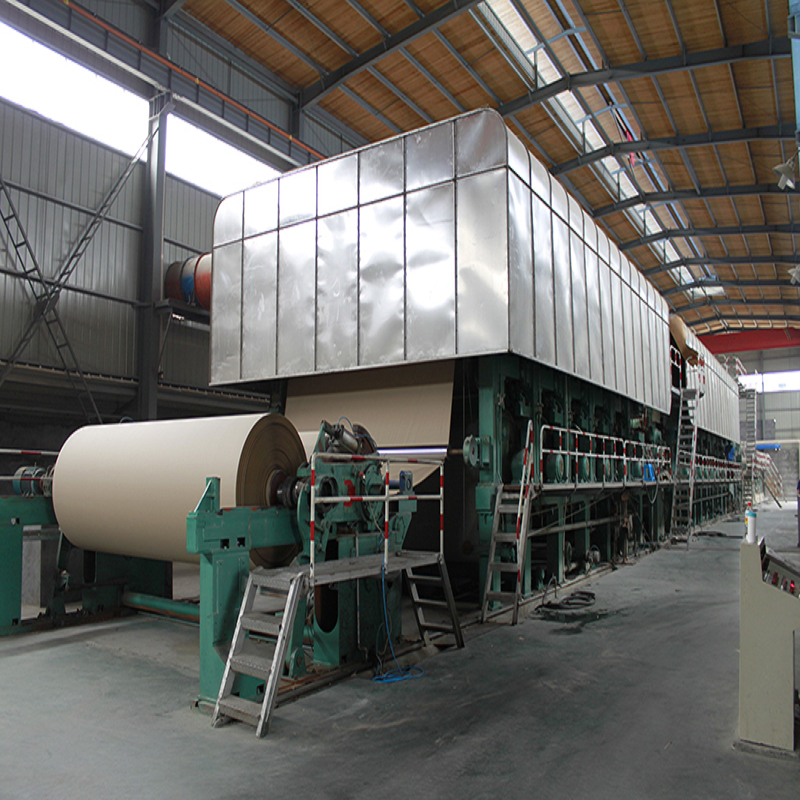Kraft PaperThe corresponding word for “strong” in German is “cowhide”.
Initially, the raw material for paper was rags and fermented pulp was used. Subsequently, with the invention of the crusher, the mechanical pulping method was adopted, and the raw materials were processed into fibrous substances through the crusher. In 1750, Herinda Bita of the Netherlands invented the paper machine, and large-scale paper production began. The demand for papermaking raw materials significantly exceeded the supply.
Therefore, in the early 19th century, people began to research and develop alternative papermaking raw materials. In 1845, Keira invented ground wood pulp. This type of pulp is made from wood and is crushed into fibers through hydraulic or mechanical pressure. However, ground wood pulp retains almost all the components of the wood material, with short and coarse fibers, low purity, weak strength, and easy yellowing after long storage. However, this type of pulp has a high utilization rate and a lower price. Grinding wood pulp is often used to make newsprint and cardboard.
In 1857, Hutton invented chemical pulp. This type of pulp can be divided into sulfite pulp, sulfate pulp, and caustic soda pulp, depending on the delignification agent used. The caustic soda pulping method invented by Hardon involves steaming raw materials in a solution of sodium hydroxide at high temperature and pressure. This method is commonly used for broad-leaved trees and stem like plant materials.
In 1866, Chiruman discovered sulfite pulp, which was made by adding raw materials to an acidic sulfite solution containing excess sulfite and cooking it under high temperature and pressure to remove impurities such as lignin from plant components. Bleached pulp and wood pulp mixed together can be used as raw materials for newsprint, while bleached pulp is suitable for the production of high-end and mid-range paper.
In 1883, Daru invented sulfate pulp, which uses a mixture of sodium hydroxide and sodium sulfide for high-pressure and high-temperature cooking. Due to the high fiber strength of the pulp produced by this method, it is called “cowhide pulp”. Kraft pulp is difficult to bleach due to the residual brown lignin, but it has high strength, so the produced kraft paper is very suitable for packaging paper. Bleached pulp can also be added to other paper to make printing paper, but it is mainly used for kraft paper and corrugated paper. Overall, since the emergence of chemical pulp such as sulfite pulp and sulfate pulp, paper has transformed from a luxury item to a cheap commodity.
In 1907, Europe developed sulfite pulp and hemp mixed pulp. In the same year, the United States established the earliest kraft paper factory. Bates is known as the founder of “kraft paper bags”. He initially used kraft paper for salt packaging and later obtained a patent for “Bates pulp”.
In 1918, both the United States and Germany began mechanized production of kraft paper bags. Houston’s “adaptability of heavy packaging paper” proposition also began to emerge at that time.
Santo Rekis Paper Company in the United States successfully entered the European market using sewing machine bag sewing technology, which was later introduced to Japan in 1927.
Post time: Mar-08-2024


